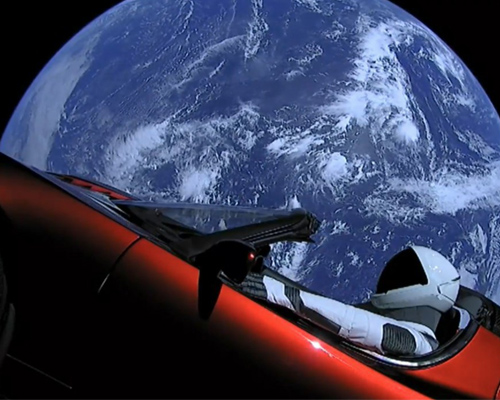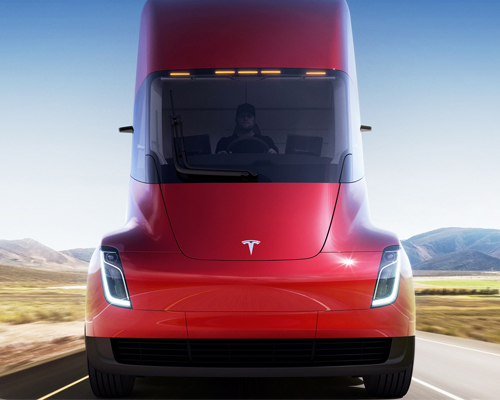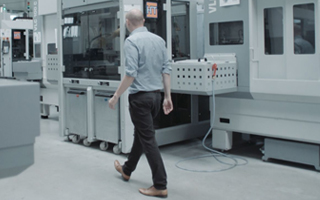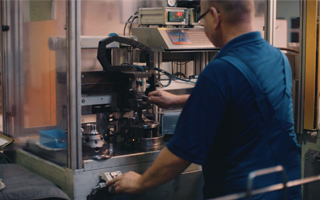Tesla Robotaxi: What We Know So Far
15th April 2024
It’s been a turbulent few months for Tesla and its controversial leader, the shy and retiring Elon Musk.
Back in December, the automaker was forced to recall two million vehicles when a US regulator ruled their Autopilot system was defective.
A further 1.6 million cars in China were then found to have issues with steering software and door locking systems in January. The majority were fixed courtesy of remote updates to software.
A month later it was announced nearly all models sold in the US would need to be recalled because waring lights on the instrument panel were considered too small.
Throw in a lawsuit linked to a fatal crash involving the Model X and it’s been quite the quarter. No wonder the embattled Musk is looking to spread positivity and boost share prices.
And the entrepreneur has seemingly placed all his chips on the long awaited Robotaxi. Yet, in true Tesla fashion, even this announcement has sparked controversy.
On the same day Musk announced an August unveiling (on X, naturally) Reuters reported the development would come at the expense of the entry-level Tesla hatchback, a compact EV itself years in the making but seemingly scrapped.
In typically combative style, Musk shot down those stories, claiming Reuters were both ‘lying’ and ‘dying’ in successive tweets.
There’s never a dull moment at Tesla HQ.
Will The Robotaxi Launch in 2024?
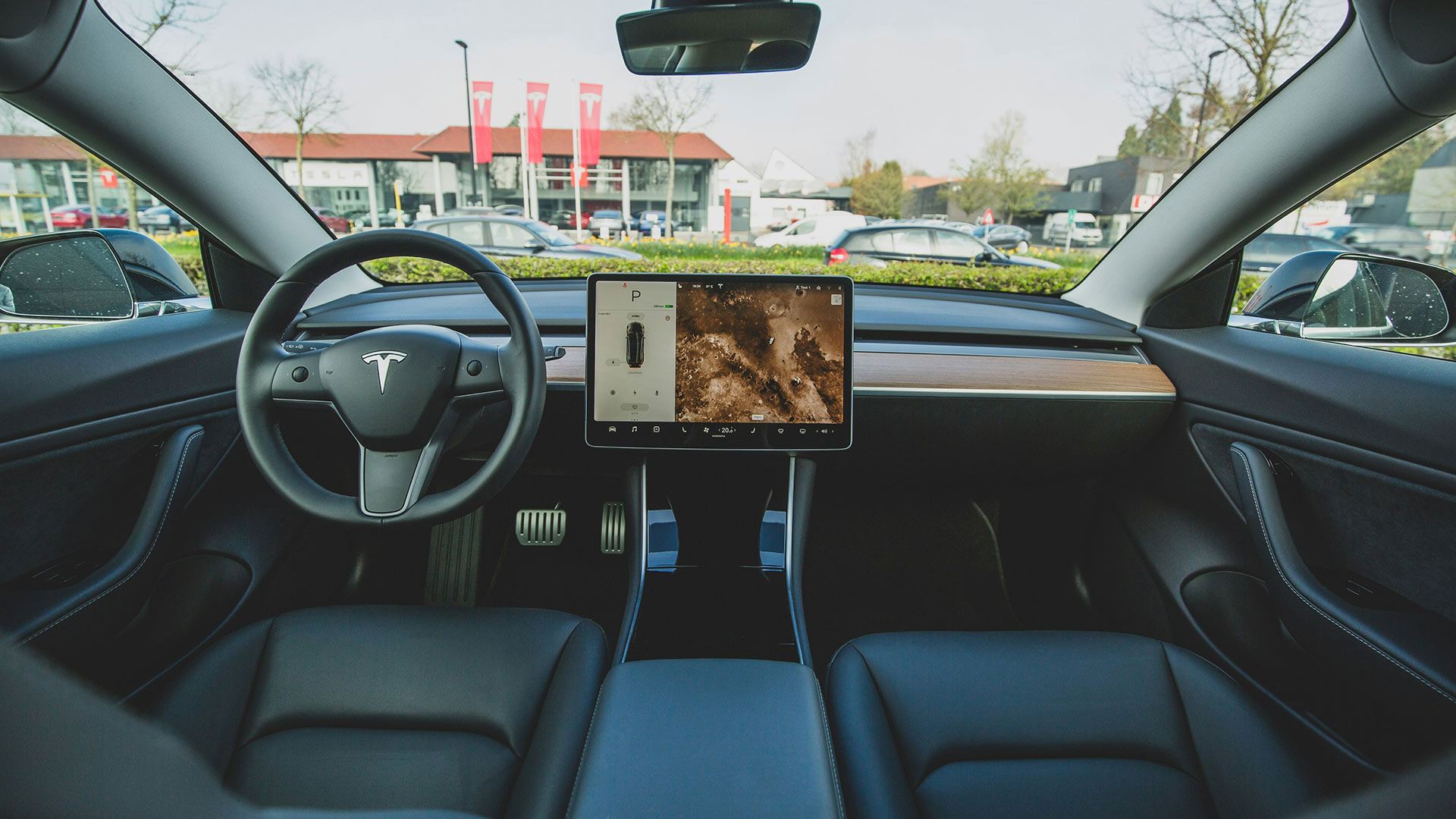
So what do we know about the Robotaxi and will the self-imposed 8th August deadline be met?
Talk of a self-driving taxi dates back to 2016. Back then Musk referenced the concept in his ambitious ‘Master Plan Part Deux’.
From the outset, this autonomous vehicle was intended to come sans steering wheel and pedals. Fast forward to 2022 and the suggestion was the Robotaxi would share much of the same tech earmarked for the aforementioned and seemingly ill-fated hatchback.
Musk teased ‘other innovations’ in a conference call with analysts and reaffirmed the Robotaxi would be a ‘massive driver’ for Tesla growth.
Cost was also discussed. Tesla’s latest invention would, apparently, prove cheaper than a bus fare or average subway journey.
“I think we will end up providing consumers with, by far, the lowest cost per mile of transport that they’ve ever experienced,” Musk said. “It’s really quite substantial.”
Crucially, car owners also stand to make money thanks to the innovative idea of a ‘shared fleet’.
Anyone boasting their own Robotaxi will have the ability to add it to said fleet via an app. The latter would enable you to ‘share’ your car with other people when not in use, therefore generating an income.
Time will tell if the numbers add up but back in 2019 those behind the project estimated Robotaxis would last 11 years and cover one million miles. If accurate, it would earn operators $30,000 of profit annually.
It’s a novel and intriguing concept sure to pique interest.
Musk of course would seek to benefit too. Why wouldn’t he? Wherever demand was sufficient, Tesla would operate its own dedicated fleet.
Robotaxi Risks
When it comes to range, we can expect the Robotaxi to house a battery that outperforms both the Model 3 and Model Y Teslas. Furthermore, an electric motor will be cheaper to produce. Software updates will be released at future intervals, improving capability and performance over several years.
While nobody would doubt the ambition, this is yet another Tesla project loaded with risk and potential pitfalls.
For a start, Musk’s ultimate vision of realising fully self-driving vehicles has not yet been realised. Not fully anyway. Indeed technology has not always kept pace with his vision.
Back in 2019 he conceded, “The only criticism and it’s a fair one, sometimes I’m not on time. But I get it done and the Tesla team gets it done”.
Not even the world’s most famous inventor can easily bypass engineering and regulatory obstacles however.
The truth is autonomous vehicles are probably behind schedule generally.
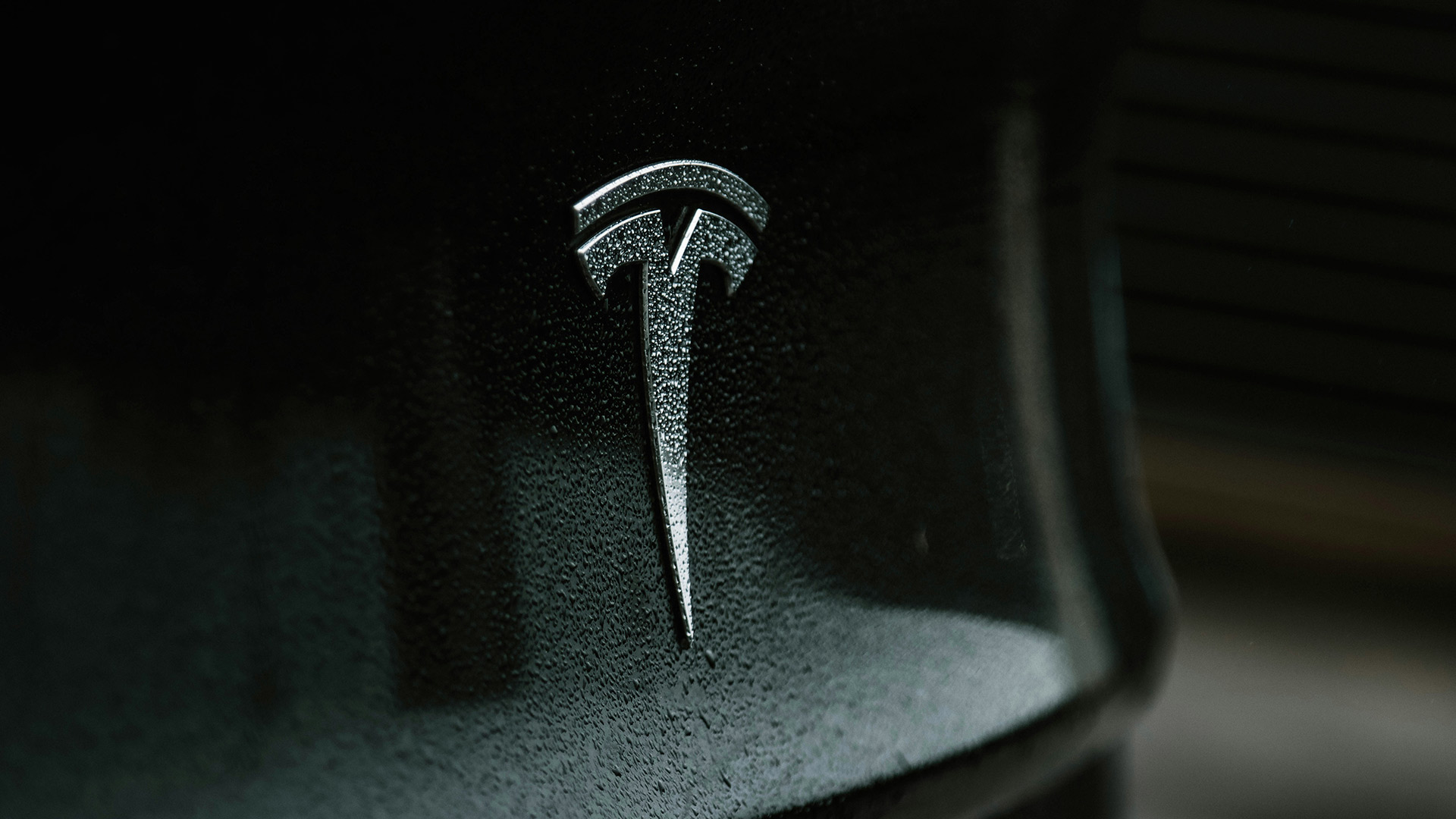
Tesla have long been at the forefront of this movement but – despite admirable inroads - have yet to fully deliver. Kelly Funkhouser, Associated Director of Vehicle Technology at Consumer Reports, recently tested their autonomous system and compared it to granting a novice teen driver the controls to your car. Hardly a ringing endorsement.
But Tesla are at least committed to the longer-term goal.
Earlier this month US firm Ghost Autonomy called it quits, citing an ‘uncertain path to profits’.
General Motors also cut jobs and spending in the wake of a painful regulatory review. This was initiated after one of their self-driving vehicles hit and dragged a traumatised pedestrian. If reports are to be believed, GM have withdrawn $1b worth of funding for this part of the business. That represents a serious retreat.
Even if Tesla meet their own milestone, they would be met with the challenge of sorting permits for deployment and testing across numerous US states before the Robotaxi was put into operation.
An added complication, certainly in the eyes of many experts, is Tesla’s decision to proceed with radar and cameras but without lidar. The latter is remote sensing technology which utilises pulsed laser light to improve performance and safety. Some have compared the decision to run without it as tying a hand behind your back.
But Elon will always do things his way.
This summer will be a fascinating one for brand Tesla. The intriguing subplot to the Robotaxi project is what it means for the compact EV originally set for production in late 2025. According to Reuters, three separate sources have intimidated this will been shelved. Musk sees it differently. He often does.



